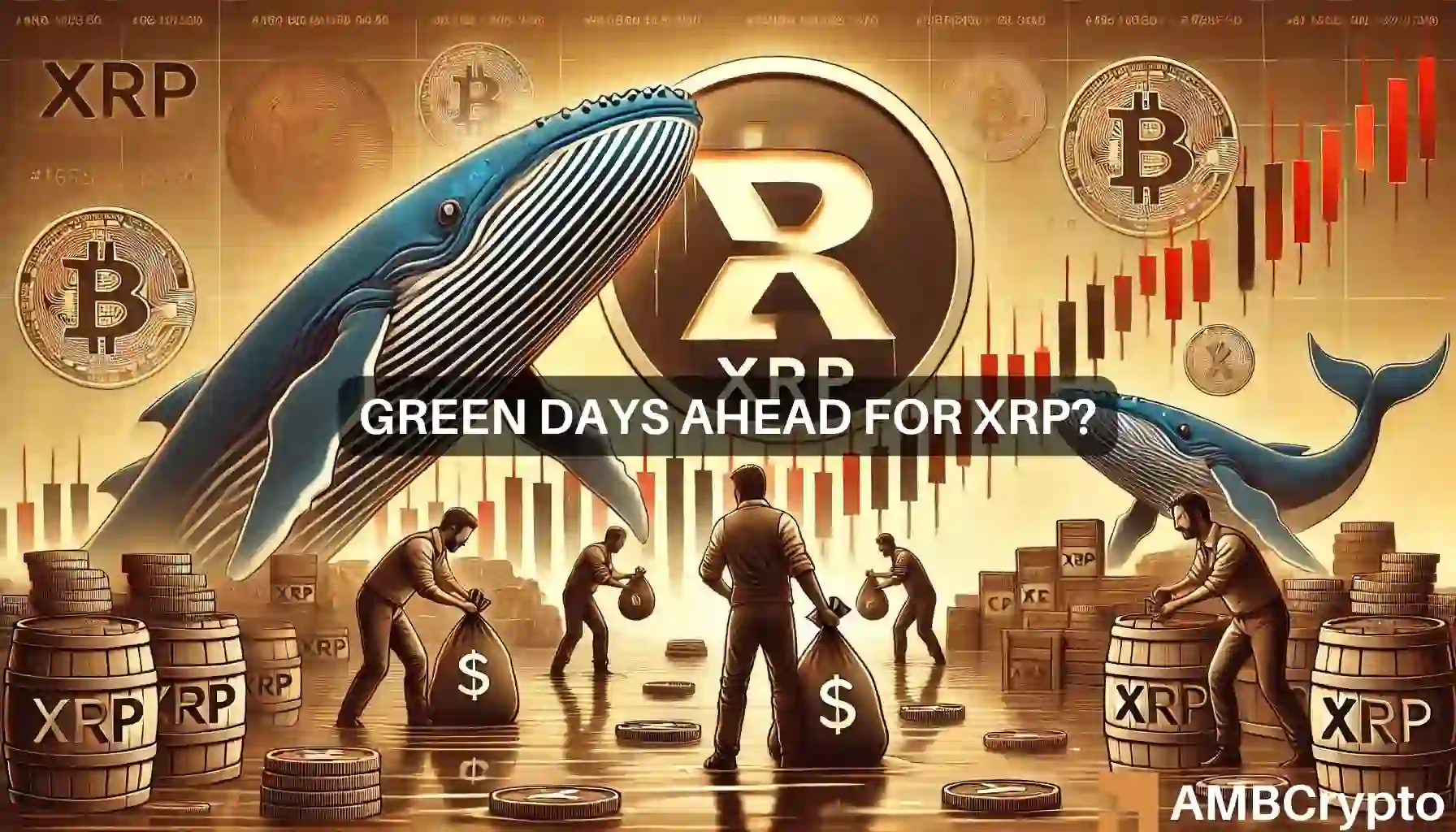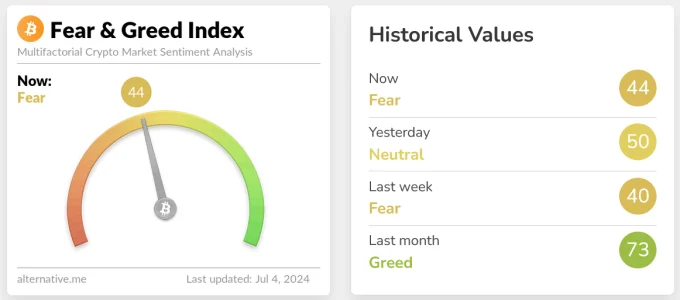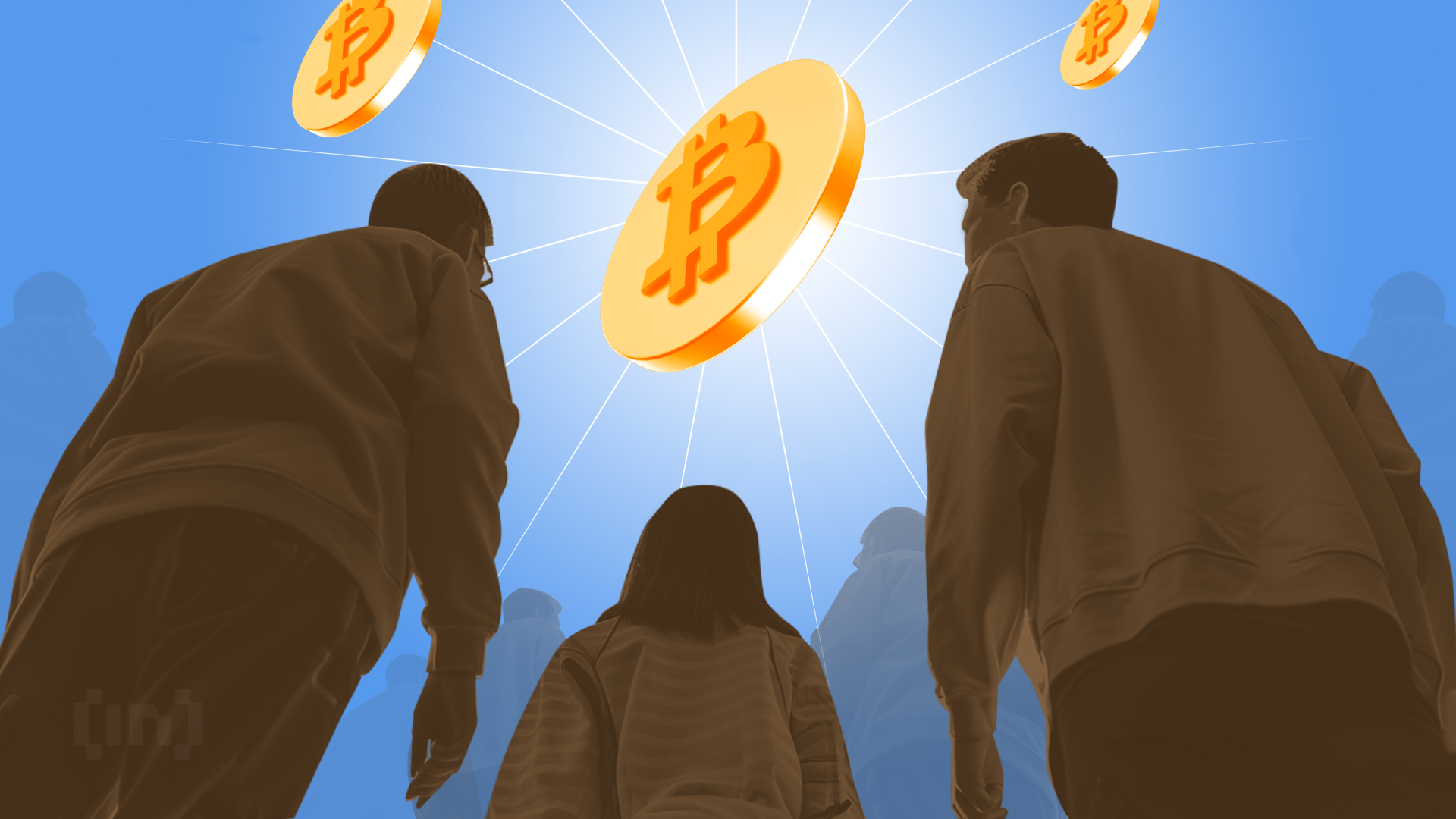— Agathe Demarais (@AgatheDemarais) July 1, 2024
– China, India, Russia are driving global expansion of nuclear power sector
• 61 nuclear power plants are under construction globally, with another ~90 in planning stages
• Price of uranium has grown by 233% over past five years, more than triple the rate for gold or copper pic.twitter.com/T7u3lU1DSP
Is Bitcoin Truly Magical?
full version at cointribune
Is Bitcoin a currency that can magically increase overall purchasing power? It’s not that simple.
Purchasing Power = Productivity
Purchasing power depends on our productivity. That is, the amount of goods produced per person. This productivity can only come from machines since we only have two arms and two legs. A sewing machine, a truck, an excavator, a pickaxe, etc.
However, these machines need energy. More than 95% of global transport operates on the fossil fuel that is oil. A pickaxe doesn’t consume energy, but it requires energy for its production. Iron ore must be brought to its melting point (1,538 °C), which is a very energy-intensive process.
All this to say that it’s not enough for the amount of money in circulation to be fixed for us to magically raise our standard of living. Productivity is not a monetary sleight of hand. It’s energy!
Problem, we crossed the peak of conventional oil (the one that is cheap to extract) in 2007.
Second problem, more than half of the world’s GDP is “contained” in international trade. The global economy is now fully interconnected. Not a single everyday object, whether it’s a chair, a coffee machine, a t-shirt, a sports accessory, or a bottle of dishwashing liquid, escapes globalization. All or part of these things required a foreign raw material or manufacturing step.
In other words, the decline in energy will be accompanied by deglobalization and a physical reduction in trade. This will result in inflation, a lot of inflation. We’re already there. It’s time to exchange your bank savings (whose value is being eroded by inflation) for a safe haven.
This is where Bitcoin can help. But first, let’s talk about the peak.
Oil Peak? Excuse Me?
What peak? We’ve never produced so much oil, some will say. Sure, but it all depends on what oil we’re talking about.
Global oil production figures are skewed by the inclusion of types of oil that aren’t used to produce the fuels essential for ships, cars, and trucks without which the economy would collapse.
Jean-Marc Jancovici points out on his LinkedIn page that “real oil” consists of molecules with at least five carbon atoms.
“But here’s the thing: the IEA tends to count as oil the ‘gas liquids,’ namely ethane, propane, and butane, which come from gas fields, and are not the basis of fuels, but of plastics. There are 13 million barrels/day of it, not a trivial amount! Not to mention biofuels”, he says.
For the polytechnic graduate, crude oil production (82 million barrels/day) will continue to stagnate for a few more years before declining from 2030 onwards.
The direct consequence will be a reduction in the physical flows that underpin the economy. The law of supply and demand being what it is, this decline will manifest as inflation.
Sure, oil production isn’t declining yet. However, the profitability of conventional oil is $30 per barrel compared to $65 for new “shale oil” wells. And $200 in Antarctica. Hence the rise in pump prices.
This increase in gasoline prices translates into widespread inflation since everything that is produced must be transported, often from the other side of the world…
Productivity = Machines = Energy = Cheap Oil.
Less energy and/or more expensive energy means less purchasing power per person.
“No worries, let’s go all-in on nuclear”
Unfortunately, nuclear power represents only a tenth of the world’s electricity and barely 4% of total energy. The atom’s fission won’t replace fossil fuels (82% of final energy in 2023) in just a few decades.
Currently, there are 440 nuclear reactors in the world. Moving from 4% to 100% of electricity would require building about 11,000 of them!
We won’t get there since only 61 reactors are currently under construction and it takes eight years to build one. At this rate, it will take the world 1,400 years to run on nuclear power…
-61 nuclear power plants are under construction worldwide, and about 90 more are in the planning stages.
-The price of uranium has increased by 233% over the last five years, more than triple the price of gold or copper.”
Another problem, we have a constraint on copper and lithium. These essential elements for all-electric are limiting factors.
What about the ITER project? Doesn’t nuclear fusion promise infinite and decarbonized energy? First, we would need to know how to generate plasma at several million degrees continuously, against just six minutes currently… And be able to “harvest” this energy as electricity.
Furthermore, the problem of timelines remains, as does the constraint on the copper/lithium tango. For JM Jancovici, a potential first-of-its-kind fusion reactor won’t arrive before 2100…
Bitcoin
The physical limits of our depleted planet will impose themselves on our wallets, no matter what we vote… It’s already happening. Blaming politicians or central banks won’t change geological reality.
Austrian school economists who repeat all day long: “abundance through scarcity” are in denial. It’s not enough to freeze the money supply to make oil gush out. There’s no lithium, no gas, no nuclear power plant in the blockchain…
[Don’t miss our article: Austrian Economists are Hindering Bitcoin Adoption.]
Energy is a limiting factor in globalization. The reduction in trade (which will come, “sooner or later”) will be accompanied by a decrease in productivity. In France, the peak in the number of square meters built and tons loaded into trucks dates back to 2007, the year of the peak of cheap oil…
In summary, inflation will worsen and benefit the rich who own desirable assets. These assets are prestigious real estate, master paintings, collectible items, etc. All things not within reach of small budgets who, on the contrary, suffer the Cantillon effect.
The only asset appreciating faster than inflation while still being available to the average person is the stock market. But who can claim to know how to place the right bet?
That’s why Bitcoin is well-suited for the masses. That’s what makes it magical. It’s not hard to understand that Bitcoin is the only thing in the world that exists in an absolutely finite quantity and is accessible to all.
Bitcoin is divisible into 100 million satoshis, not the Mona Lisa. Everyone can buy €10, €100, or €1000 of bitcoin. Bitcoin is the Mona Lisa for the poor.
If you enjoyed this article, you will certainly appreciate this one: Bitcoin and Endless Inflation.






